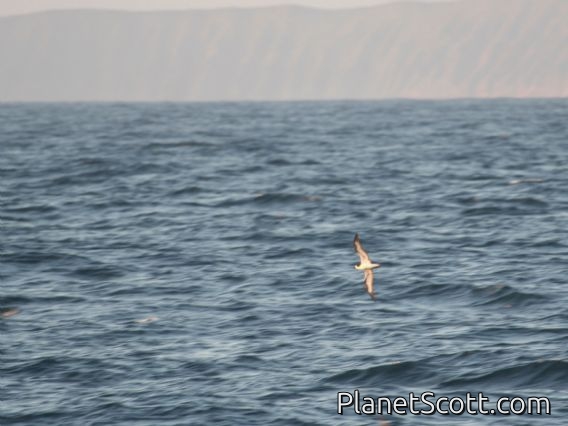Galapagos Petrel (Pterodroma phaeopygia)

Galapagos Petrel (Pterodroma phaeopygia)

Galapagos Petrel (Pterodroma phaeopygia)


×



Galapagos Petrel (Pterodroma phaeopygia)

Galapagos Petrel (Pterodroma phaeopygia)
About Galapagos Petrel (Pterodroma phaeopygia)
- Kingdom: Animals
- Phylum: Chordates
- Class: Birds
- Order: Tubenoses
- Family: Shearwaters and Petrels
The Galápagos petrel is one of the six endemic seabirds of the Galápagos. Its scientific name derives from Ancient Greek: Pterodroma originates from pteron and dromos, meaning "wing" and "runner", and phaeopygia comes from phaios and pugios, meaning "dusky" and "rump". Members of Pterodroma genus are also called the gadfly petrels because their erratic twisting and turning in flight resemble that of gadflies.
Source: Wikipedia


